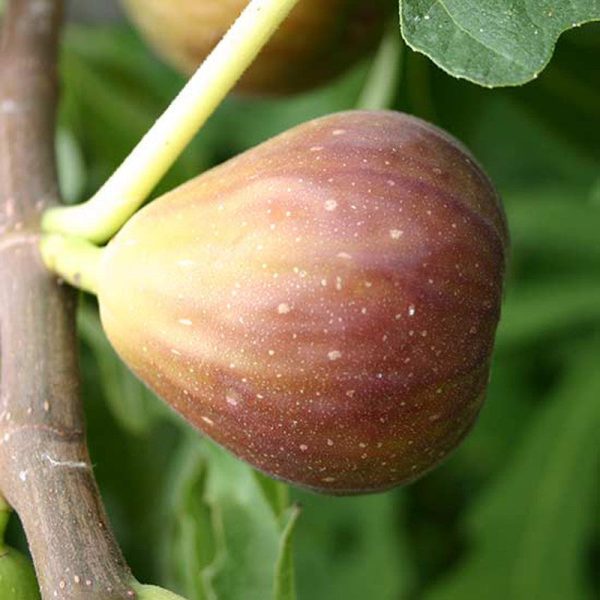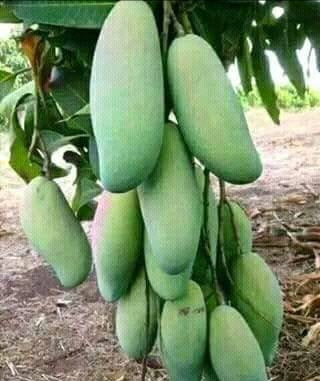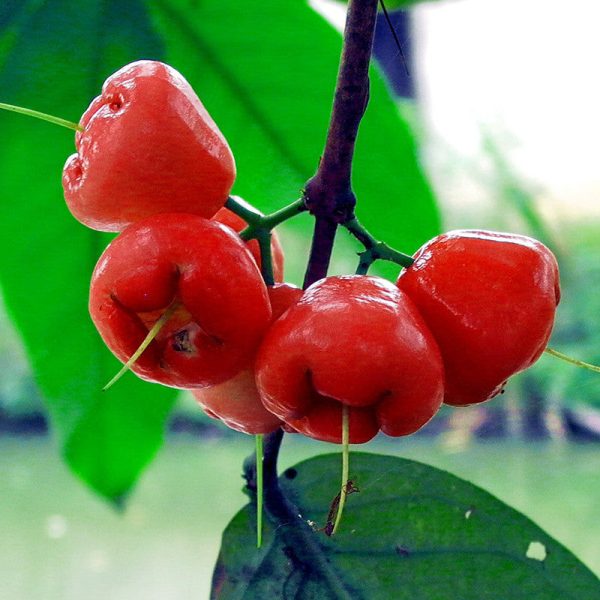Description
Karonda is botanically known as Carissa carandas from the family Apocynaceae. Karonda is a medium-sized, thorny shrub. It has a greenish white bark on young shoots and greyish brown on mature stems. The spines are straight and 1-3 cm long. Its leaves are 2-3 cm long and shiny green above and a dull green shade below. Old leaves keep shedding throughout the year.
It is rich in iron, vitamin C, vitamins A, calcium, and phosphorus. It is antiscorbutic and very useful for the cure of anemia. Karonda fruits are used in many ayurvedic formulations and are useful to their nutritional values. The extract of the root is used for Chest pain. The extract of leaves is used for fever(there is no scientific belief for this)
Growing Tips
- It can be grown in a pot or directly in the soil in full sunlight areas.
- It can be grown successfully in tropical and subtropical climate. plant growth is affected in high rainfall and waterlogged areas.
- Karonda is grown successfully on a wide range of soil types, viz. sandy loams, laterite, alluvial sand, and calcareous soil even it is found growing well in in stony, rocky and less fertile soils.
- But the better growth and higher yield is obtained in alluvial sandy loam soils with good drainage. It’s growth are affected by high rainfall and water logged areas.
TEMPERATURE – Between 20-35 Degree Celsius.
MAXIMUM HEIGHT – It can reach up to 5 meters (if planted in the ground)
BLOOMING YEAR – Flowering occurs from February to June.
FRUITING TIME – It starts fruiting after 2-3 yrs after planting.
Fertilizer – Organic Fertilizer once in 3 months.
*above specifications are for indicative purposes only, actual dimensions may slightly vary.
INITIAL CARE FOR 10-15 DAYS JUST AFTER RECEIVING YOUR PLANT
- Remove the Packaging Materials carefully.
- Press the soil in the pot & add additional soil(garden mix) if necessary.
- Maintain moisture in the pot, Do not overwater it may kill your plant, so make sure that the soil should be dry between watering.
- Make sure that plants get enough morning direct bright light(2-3hrs) for 10-15 days & do not go for immediate transplanting (minimum 1 month)
- After 1 month you can transplant it into a slightly bigger pot than the present pot or directly in the ground.
- Just prune if any branch of the plant is get damaged in transits. New leaves will come definitely.















Reviews
There are no reviews yet.